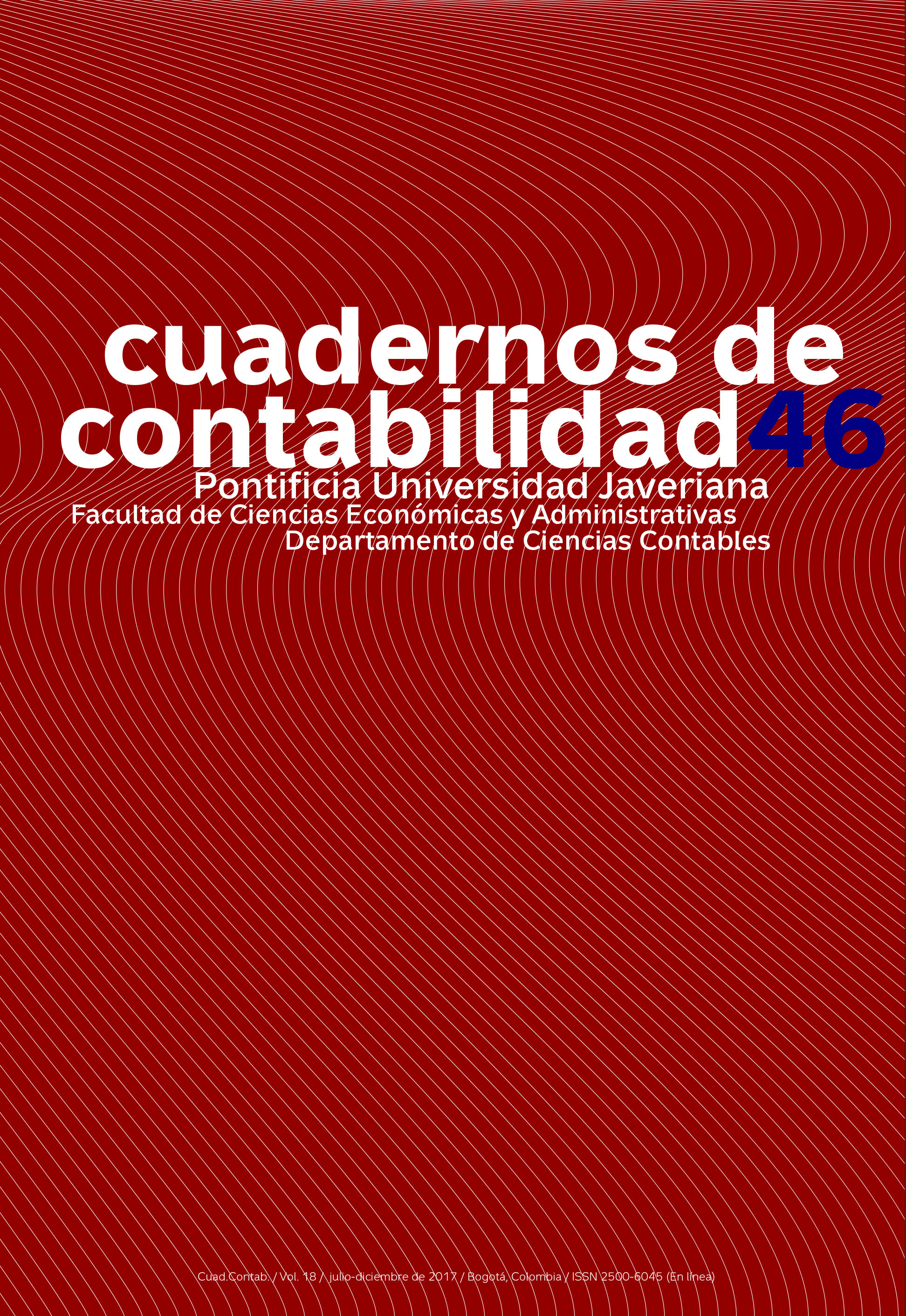Resumen
El presente artículo tiene como propósito mostrar la aplicación de los métodos de investigación deductivo e inductivo en el ámbito de la optimización del procesamiento de evidencias digitales. Dicha pesquisa tiene como base un esquema de adquisición estructurada de la información, y se desarrolla con la finalidad de aumentar la eficiencia de los procesos descritos, en el contexto de la práctica informática forense. Según lo anterior, el autor define dichos métodos filosóficos, en tanto que son útiles en otras áreas del conocimiento, y presenta la aplicación de ambos mecanismos de acuerdo con el marco general de obtención y análisis de evidencias digitales E-Discovery, así como con el proceso de adquisición, procesamiento, puesta a disposición e investigación (APPI), que es definido y desarrollado también en el presente estudio. Asimismo, el autor presenta todos estos conceptos bajo el lente de los lineamientos que constan en las leyes 527 de 1999 —Ley de Comercio Electrónico— y 906 de 2004, al igual que bajo el rasero del Decreto Reglamentario 1747 de 2000 y la norma ISO 27 001.
Decreto número 1747 de 2000, Por el cual se reglamenta parcialmente la ley 527 de 1999, Presidencia de la Républica de Colombia § Presidencia de la República de Colombia, Bogotá, 11 de septiembre de 2000.
Duquenoy, J. S. (2008). Ethical, legal and professional issues in computing. London: Cengage Learing EMEA.
Easton, C. (2015). CCFP Certified Cyber Forensics Professional Certification. Exam Guide. United States: Mc Graw HIll.
Electronic Discovery Reference Model. (2005). Creating practical resources to improve E-Discovery & information governance. Recuperado de http://www.edrm.net/resources/edrm-stages-explained
Hurtado León, I. y Toro Garrido, J. (2007). Paradigmas y métodos de investigación en tiempos de cambio. Caracas: CEC.
Joshi, S. y Sardana, A. (2011). Honeypots: A new paradigm to information security. Boca Raton: CRC.
Lai, X., Gu, D., Jin, B., Wang, Y. y Li, H. (2010). An efficient searchable encryption scheme and its application in network forensics. En Forensics in telecomunications, information, and multimedia (pp. 66-78). Shanghai: Institute for Computer Sciences, Social Informats and Telecomunications Engeneering.
Ley 527 de 1999, Por medio de la cual se define y reglamenta el acceso y uso de los mensajes de datos, Presidencia de la República de Colombia § Presidencia de la República de Colombia, Bogotá, 18 de agosto de 1999.
Maras, M. H. (2015). Computer forensics: cybercriminals, laws and evidence. United States: Jones & Bartlett Learning.
Martínez Chánez, V. M. (1998). Fundamentos teóricos para el proceso del diseño de un protocolo en una investigación. Ciudad de México: Plaza y Valdes.
McKeon, R. (2010). Richard McKeon. Recuperado de http://www.richardmckeon.org/
Prieto Castellanos, B. (2014a). La piratería de películas: cómo combatirla. Bogotá: Praci.
Prieto Castellanos, B. (2014b, diciembre 13). Valor probatorio de un mensaje de datos. Asuntos Legales. Recuperado de https://www.asuntoslegales.com.co/analisis/bayron-prieto-513031/el-valor-probatorio-de-un-mensaje-de-datos-2201771
Ramos Álvarez, B. y Ribagorda Garnacho, A. (2004). Avances en criptología y seguridad de la información. Madrid: Díaz de Santos.
Tomás Morales, S. D. (2015). Retos del derecho ante las nuevas amenazas. Madrid: Dykinson.
Vacca, J. y Rudolph, K. (2011). Systems forensics, investigation, and response. Ontario: Jones & Bartlett Learning.
El aval sobre la intervención de la obra (revisión, corrección de estilo, traducción, diagramación) y su posterior divulgación se otorga mediante una licencia de uso y no a través de una cesión de derechos, lo que representa que la revista y la Pontificia Universidad Javeriana se eximen de cualquier responsabilidad que se pueda derivar de una mala práctica ética por parte de los autores. En consecuencia de la protección brindada por la licencia de uso, la revista no se encuentra en la obligación de publicar retractaciones o modificar la información ya publicada, a no ser que la errata surja del proceso de gestión editorial. La publicación de contenidos en esta revista no representa regalías para los contribuyentes.



